
Quinine sulfate is a naturally occurring type of alkaloid, which is derived from the bark of the cinchona tree and it is a white, powdery crystalline substance when it is in its natural form. It does not have any odor and it is characterized by a fairly bitter taste. Quinine is approved by the U.S. Food and Drug Administration, but only when it comes to the prevention and treatment of malaria. In the recent years, there has been a growing number of people who started using quinine for the treatment and prevention of leg cramps, especially when it is in form of quinine sulfate. Quinine sulfate is not approved by the FDA because in some cases it may be associated with the occurrence of certain types of side effects.
Quinine for Leg Cramps
Quinine has been used for the treatment of malaria for numerous centuries. There is only one commercially produced brand of quinine which is approved by the U.S. Food and Drug Administration and its name is Qualaquin. Quinine water is commonly used for the treatment and relief of leg cramps because it is efficient in relaxing the muscles. Quinine sulfate may also come in very handy for all those who suffer from involuntary muscle contractions. It is also very beneficial in the prevention and treatment of the annoying medical condition known as the restless leg syndrome. If a person takes quinine sulfate on a regular daily basis, the symptoms of nocturnal leg cramps can get reduced significantly if not completely.
Side Effects of Quinine Sulfate
Quinine sulfate may be helpful in the prevention and treatment of leg cramps but in some cases it may also trigger certain unwanted side effects. One of the most common side effects of quinine sulfate is cardia arrhythmia. This medical condition is also often associated with anxiety and even irregular heart palpitations. Another side effect is cinchonism which is characterized by skin rashes, diarrhea, vertigo, nausea, abdominal pain, visual impairment, ringing in the ears and headaches. Allergic reactions characterized by swelling, flushing, fever, hives and other symptoms may also occur in some cases. Quinine sulfate is also known for causing inflammations of the optic nerve. Other side effects which may or may not be associated with the usage of quinine sulfate include cardiovascular problems, hearing loss, kidney damage, kidney failure, liver damage, liver failure, thrombocytopenia, stroke, heart attack, purple spots under the skin, unusual muscle weakness, dark colored urine, yellowed skin, pale skin, collapsing, fainting and weak pulse.



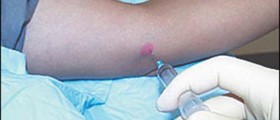
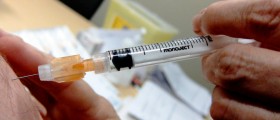

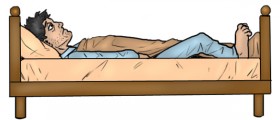
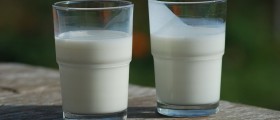



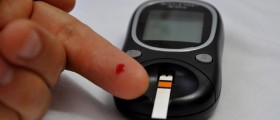

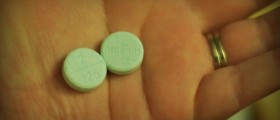

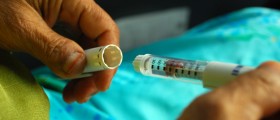

Your thoughts on this
Loading...